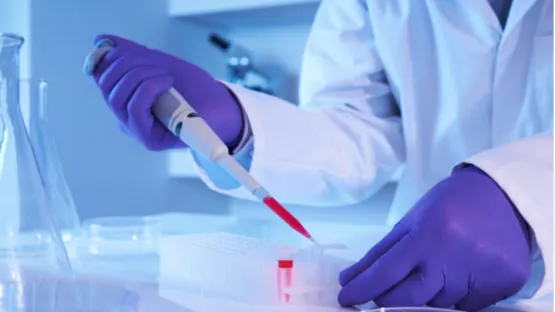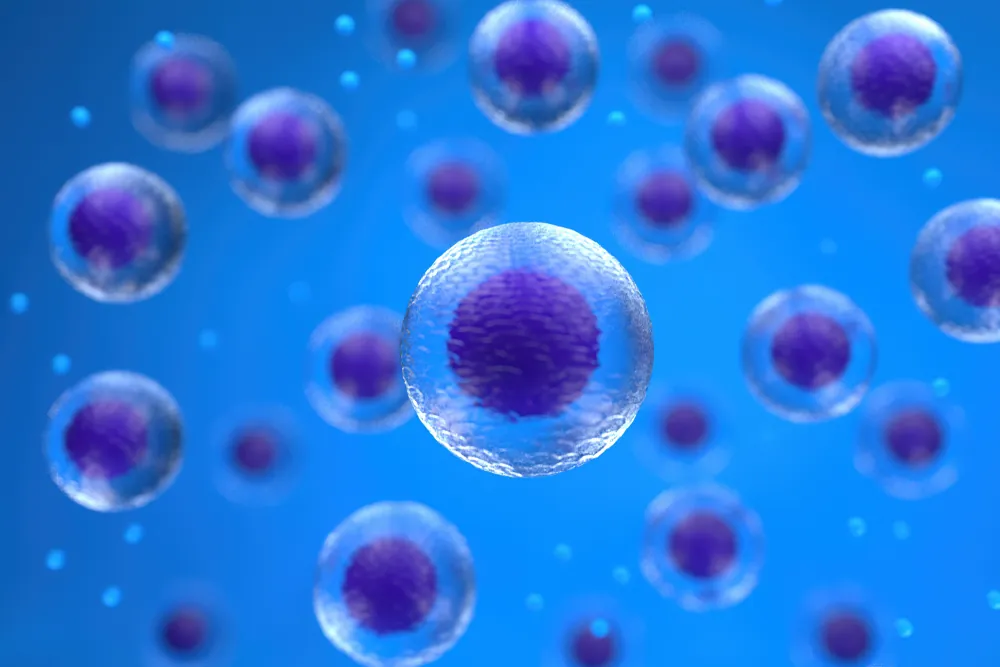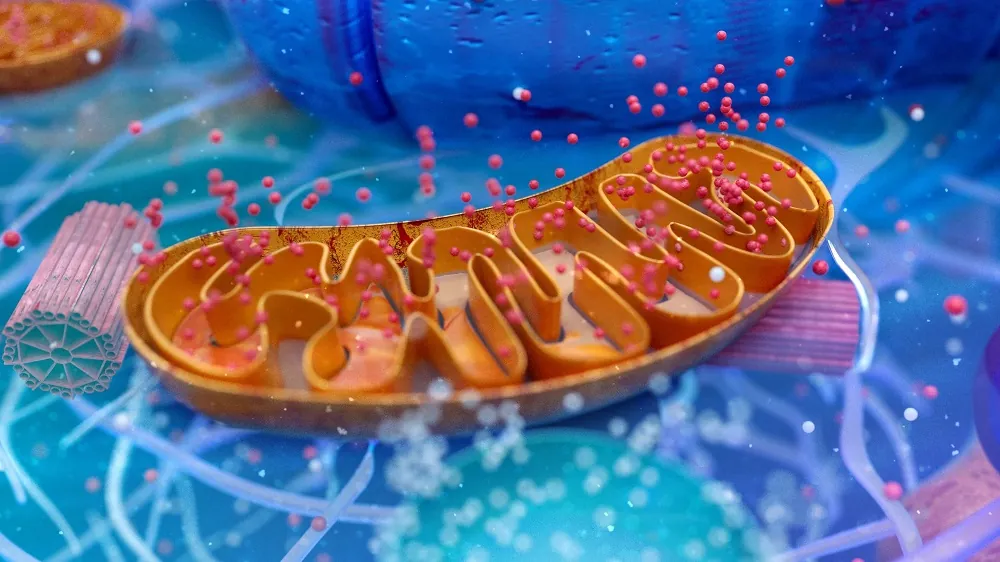A new study published in the FASEB Journal shows how mesenchymal stem cells derived from adipose tissue (ADSCs) reverse some effects of aging in nearby cells.
It’s not the cells themselves, it’s what they secrete
The original and ongoing main purpose of stem cell therapies is to directly combat stem cell exhaustion: to replenish the body’s regenerative capability by introducing fresh stem cells, which divide into somatic cells in order to repair tissues and organs.
However, research has found that the dividing cells themselves are not the only benefit of stem cell therapies. While stem cells don’t do well in an aged environment, this study has found evidence for the reverse being true as well: the mere presence of viable, youthful stem cells confers a benefit to aged cells due to their exocrine (secretion) effects.
Senescence markers decreased
The researchers first tested embryonic cells derived from mice, measuring their viability along with their senescence biomarkers when co-cultured along with ADSCs. The results of this cell culture study were striking. Simply being in the presence of ADSCs significantly decreased the well-known senescence biomarkers of SA-ß-gal, p16, p53, and p21 compared to a control group cultured without ADSCs. Metabolism was slowed down somewhat, and the cells’ metabolic profile was significantly altered.
ADSCs promote mitophagy
By using a fluorescence marker, the researchers showed that these effects can be ascribed to mitophagy: the consumption of mitochondria by their cells. Co-culture with ADSCs removed damaged mitochondria and thus increased mitochondrial quality while reducing harmful reactive oxygen species (ROS).
They tested their hypothesis in a mouse model of mitochondrial dysfunction. These mice are engineered to express mitochondrial DNA polymerase, which negatively affects mitochondrial DNA and makes them prone to mitochondria-related diseases. It also reduces mitophagy, compounding the problems of damaged mitochondria, and it has downstream effects on senescence. However, when given regular injections of ADSCs, mice with this mutation had increased mitophagy and cellular senescence like that of normal, wild-type mice.
Abstract
Tissues undergo a process of degeneration as the body ages. Mesenchymal stem cells (MSCs) have been found to have major potential in delaying the aging process in tissues and organs. However, the mechanism underlying the anti-aging effects of MSC is not clear which limits clinical applications. In this study, we used adipose-derived mesenchymal stem cells (ADSCs) to perform anti-aging treatments on senescent cells and progeroid animal models. Following intervention with ADSCs, replicative senescence was delayed and metabolic homeostasis was transformed from catabolism to anabolism. Metabolomic tests were used to analyze different metabolites. We found that ADSCs acted to accelerate mitophagy which eliminated intracellular ROS and improved the quality of mitochondria. These processes acted to regulate the cellular metabolic homeostasis and ultimately delayed the process of aging. Allogeneic stem cell therapy in a Progeria animal model (DNA polymerase gamma (POLG) knockin, mitochondrial dysfunction) also showed that ADSC therapy can improve alopecia and kyphosis by promoting mitophagy. Our research confirms for the first time that allogeneic stem cell therapy can improve aging-related symbols and phenotypes through mitochondrial quality control. These results are highly significant for the future applications of stem cells in aging-related diseases.
Conclusion
Obviously, this is a very preliminary study, and further research on this subject should go beyond cell cultures and genetically engineered mice. It would be welcome to see a study on ADSCs in aged wild-type mice; if these cells can be shown to work in that case, the development of a treatment for human beings would be the logical next step.
If such a treatment were to pass human clinical trials, it would almost certainly assist in combating not only stem cell exhaustion, the original hallmark that stem cell therapies are meant to ameliorate; it would reduce mitochondrial dysfunction and cellular senescence as well.






